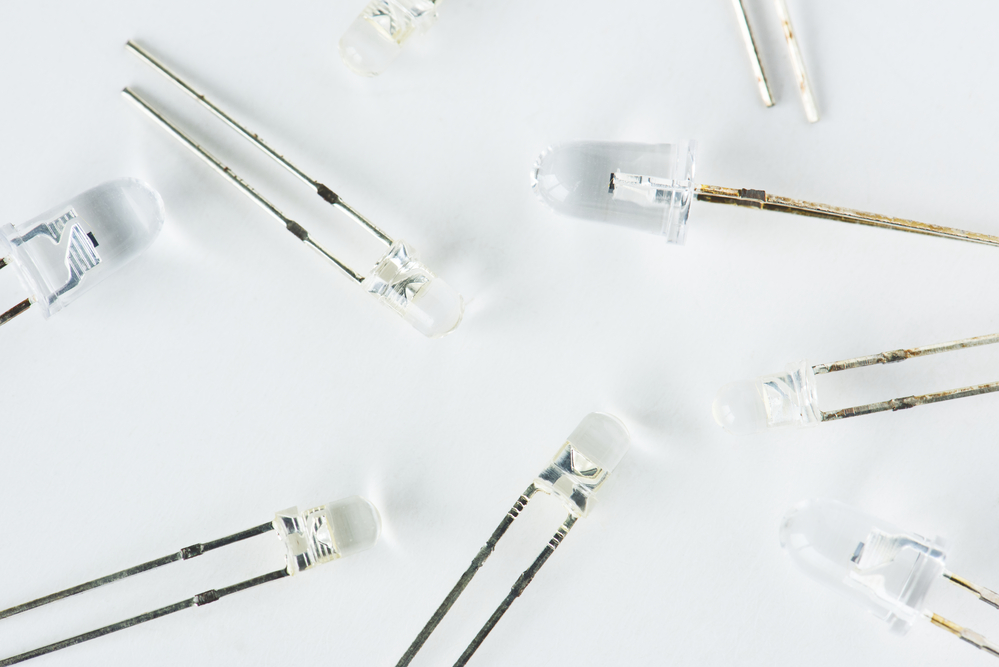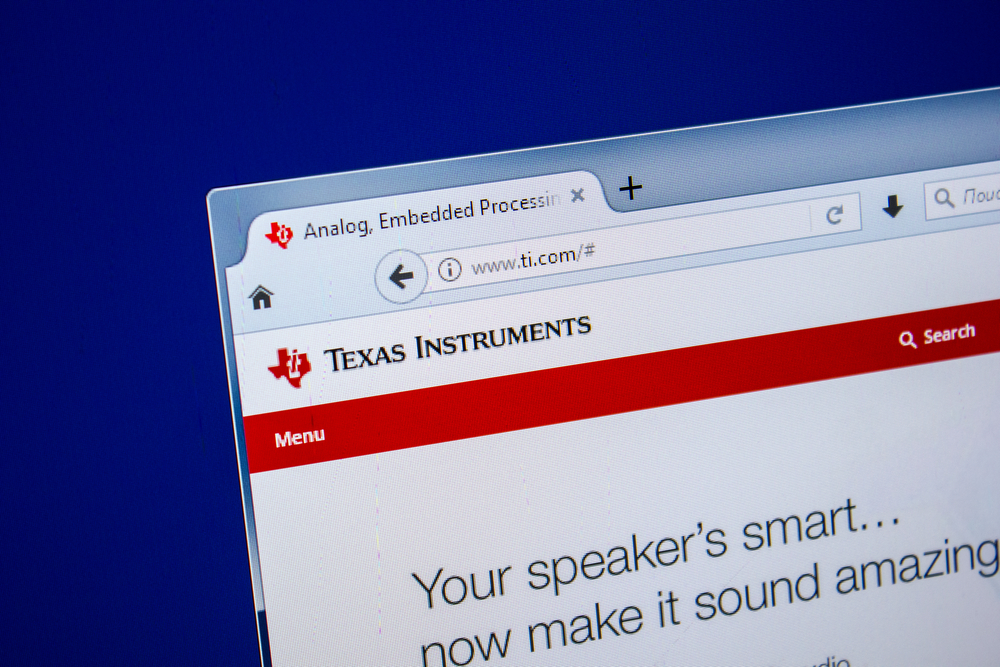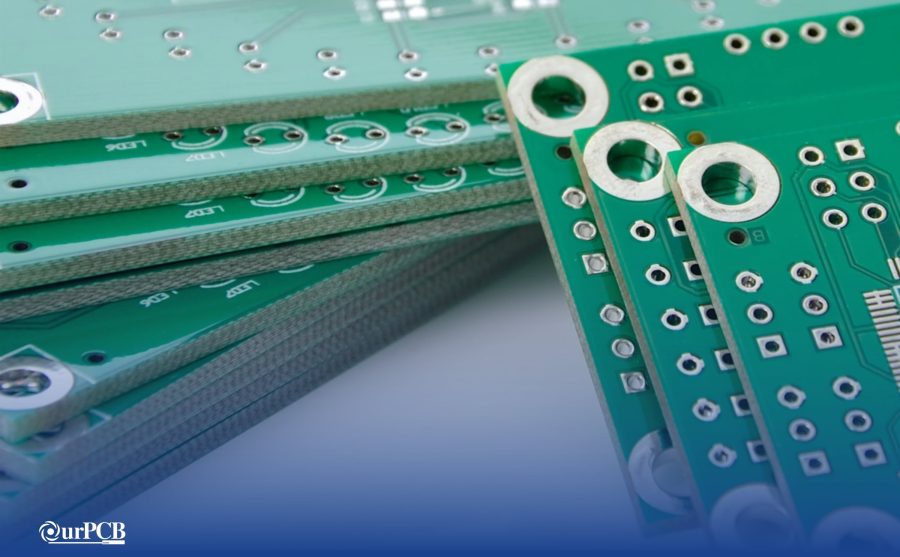Today, any attempt to find National.com shows that the website is no longer online. What could have happened to the website of a company that once boasted of having around 45,000 types of products in its portfolio, some being pioneers in their functions? We took some time to find out by following the history of the company.
Contents
- The History of National Semiconductor
- The Patent Infringement Lawsuit
- Fast and Aggressive Growth
- The Products
- White Light Driver
- Audio Subsystem with Digital and Analog Input Paths
- PowerWise Family
- SolarMagic Technology
- The Challenges
- Texas Instruments Acquires National Semiconductor
- What Then Happened to National.com?
The History of National Semiconductor
The venture capital and private equity firm Funding Universe follows the National Semiconductor history through its turbulent years. It reports that in 1959, eight former Sperry Rand Corporation employees (an American equipment and electronics company) started National Semiconductor in Danbury, Connecticut.
In 1965, National Semiconductor had sales of $5.3 million, making it a relatively small company in a large industry sector. Despite its tiny size, it offered several fairly sophisticated semiconductors while it was operating at a profit.
The Patent Infringement Lawsuit
Funding Universe reports that Sperry Rand Corporation filed a patent infringement suit against National Semiconductor in National’s early years. As a result of this lawsuit, the company’s stock price went down when the matter went to court in 1965.
National Semiconductor’s low stock price allowed then-27-year-old Peter J Sprague, son of Sprague Electric Company chairman, to invest heavily in National. He later became National Semiconductor’s chairman in 1966. He made it his goal to make National Semiconductor the leading player in the semiconductor industry.
In 1967, Sprague appointed Charlie Sporck as the company’s CEO. Sporck initiated the company's headquarters to move from Danbury, Connecticut to Santa Clara, California, making him one of the current Silicon Valley pioneers.
Fast and Aggressive Growth
Sporck was instrumental in the company’s fast and aggressive growth. By 1970, the company made $42 million in sales and, in 1976, reached $365 million in sales. This extraordinary leap in sales was mainly a result of Sporck's policies, which kept a tight lid on its overhead expenses while focusing on making profits.
Sporck's policies seem to have worked. For instance, during the 70s, the company came out victorious in a price war due to having available cash at its disposal. The competition was lessened as giants, such as General Electric, exited the semiconductor business when conditions became too difficult to navigate. At that time, Sporck was quoted on Business Week as stating, “We make money because we have to.”
Special Offer: Get $100 off your order!
Email [email protected] to get started!
The Products
National Semiconductor became famous for its analog systems that are used in several vertical markets. Analog systems are used in security systems, audio transducers, flat-panel display, Bluetooth hardware, PC components, car airbags, digital cameras, computer keyboards, and sound amplifiers.
National Semiconductor had a wide range of products in different categories, such as amplifiers, audio, clock and timing, data converters, interface, and low-voltage differential signaling (LVDS), light-emitting diode (LED) lighting, power management, temperature sensors, PowerWise Solutions, Sensor analog front end (AFE), and solar products.
We went back to the archives to find some of the company’s outstanding products:
White Light Driver
In 2001, the company launched the world’s first white light-emitting diode (LED) display lighting driver. This driver allows consumers to experience the true colors of their mobile display. It went on to become an industry-standard in mobile products.

Audio Subsystem with Digital and Analog Input Paths
In 2005, the company introduced a stereo audio system, LM4934 Boomer, that incorporated both analog and input paths for multimedia, smart, and Voice-over-Internet Protocol (VoIP) phones. This was also the first audio subsystem in the industry that had this capability.
PowerWise Family
With a new focus on energy consumption, in 2007, the company launched a series of products and subsystems called the PowerWise family of energy-efficient products and subsystems. These products and subsystems helped design engineers identify optimal energy-efficient solutions, as these products had superb performance-to-power ratios.
SolarMagic Technology
The SolarMagic technology was launched in 2008 to maximize the energy production of solar panels. The technology recovered up to 50% of lost energy due to shades, debris, and other real-world conditions.
The Challenges
Over the years, National Semiconductor would experience exponential growth. For instance, Funding Universe reports that in 2000, the company made sales of $2.14 billion, with net revenue of about $621 million. However, its fortunes were not as great in 2001. It made sales of $2.11 billion with a $245.7 million net income due to acquisition costs, research and development, and a weak chip market.
The company’s falling fortunes left the executives with no choice but to institute cost-reduction programs. These cost-reduction programs were intended to save the company between $70 million to $80 million a year. However, this meant that 1,100 jobs, or 10% of its workforce, were affected by attrition, layoffs, and forced retirement.
During the 2009 recession, the company faced more challenges. Writing for the MediaNews Group Inc.-owned Mercury News, Steve Johnson reports that National Semiconductor laid off about a quarter of its workforce or 1,729 employees.
Johnson also reports that National closed two of its manufacturing plants - in Suzhou, China, and Arlington, Texas – due to the fact that the company's sales and profits continual decline. He quotes Brian Halla, the company’s chairman and chief executive, who stated that the layoffs would help the company to “remain competitive as well as focus on growing markets that can benefit from our new energy-efficiency initiatives.”
Texas Instruments Acquires National Semiconductor

In a press release published on April 4, 2011, Texas Instruments Incorporated, another semiconductor manufacturer, announced its intent to acquire National Semiconductor for $6.5 billion cash. The transaction was completed on September 23, 2011. Upon completion, more than 5,000 of National’s employees were immediately absorbed as part of the Texas Instruments workforce.
After acquiring National Semiconductor, Texas Instruments became one of the world’s largest makers of analog technology components. The acquisition also gave Texas Instruments access to National Semiconductor’s portfolio of nearly 45,000 analog products. The company also put to work its sales team, which was ten times larger than that of National Semiconductor, to improve the sales of these products.
What Then Happened to National.com?
A little while after Texas Instruments acquired National Semiconductor, National’s website went offline. In an interview with the electronics industry magazine, EETimes in 2012, Gregg Lowe, Senior Vice President of Texas Instruments, revealed that National Semiconductor now operated under a division of Texas Instruments. No information is available about what the company did with National.com.
Special Offer: Get $100 off your order!
Email [email protected] to get started!






